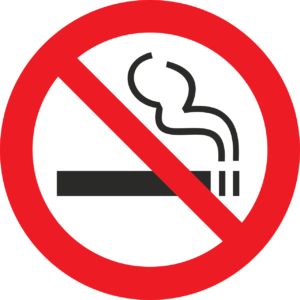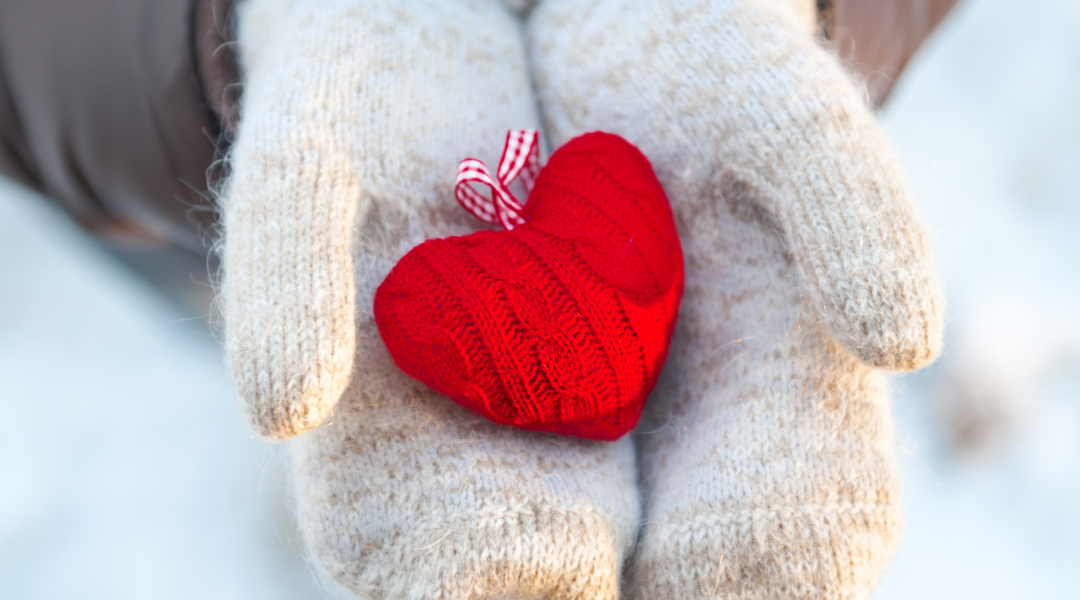Since one of us suffers from Raynaud’s disease, the three of us have had to read up on this ailment as a way to directly or indirectly cope with the daily rigors caused by it (after all, we were friends before we founded Totum Tech – we’ve taken serious interest in each other’s hidden disabilities and life obstacles).
We’re going to start by telling you what we think (from our personal experience) is actually more important to know about Raynaud’s disease than information about the symptoms themselves:
The most important thing to remember about Raynaud’s disease is that there are many, many, MANY people who have Raynaud’s disease.

In other words, if you have Raynaud’s disease, you’re not alone. You’re far, far from being alone. In fact, it’s supremely likely that you already have quite a few people in your life and social circles who suffer from Raynaud’s disease, but they’ve simply never told you about it. Certainly, this has been our experience. Once we started reading up about it, and explaining to people that this disease was at the heart of why we started brainstorming ideas for solutions, we kept on running into people who have Raynaud’s disease. At one point, we literally met three people in one week who have the disease, all from different walks of life and different areas of society.
All of whom were surprised to meet someone else in real life who had the disease.
And that’s why we bring this up first. It’s because, despite how common Raynaud’s disease is (seriously, researchers have estimated that between 5 and 10% of the population have it!), we know from experience just how isolating having this disease can be. We think that it’s something that only we suffer from, or we’re too shy or too scared to tell our bosses about. Or, worse yet, when we do tell people about it, they don’t understand or they’re dismissive about it. It’s easy to feel lonely when you have Raynaud’s.
Well, we’re here to try and offer a helping hand, both in making everyone with Raynaud’s feel less isolated and by offering a solution that can relieve its symptoms. We’re expanding something that’s already worked for us on a personal level (which isn’t quite ready yet for the public to use, but that’ll be soon), and we’re trying to build our website into first a resource portal for people with Raynaud’s and then into a community for us.
In the meantime, if you’re coming to this blog for info on symptoms and treatment, read on!
What are the symptoms of Raynaud’s disease?
Raynaud’s disease causes arteries that supply blood to skin become much more narrow. This restricts blood circulation to various parts of the body, but particularly to extremities like fingers and toes. It causes numbness, cold sensation, and even pain in response to stress or cold temperatures (including those brought on by air conditioning in offices!). And in the most extreme, extreme cases, there can be sores or tissue death; luckily, this is rare!

In addition to numbness and the like, you can also expect to see a loss of colour in the affected areas (e.g., fingers can become very pale or blue from the restricted blood flow). And then, when the blood returns, the affected areas turn red and can throb or tingle.
What causes Raynaud’s disease?
Honestly, we don’t know. Nobody does, sadly – it develops on its own, unexpectedly, and it’s still very much under study. That’s “primary” Raynaud’s disease. There is also secondary Raynaud’s (usually called Raynaud’s phenomenon), which occurs as a reaction to other illnesses or injuries.Secondary Raynaud’s tends to be more serious.
Who does Raynaud’s disease affect?
Anyone can get it, but adult women do appear to suffer from Raynaud’s disease much more often, particularly after the age of 30, and especially if there’s a family history of it. But we repeat: Anyone can get it – all the more reason why more research in general should be done on the disease.
How can Raynaud’s be treated?
Unfortunately, there’s no cure.
But! You can reduce its symptoms if you can avoid environments you find cold if possible (e.g., turn up the heat in your office or home), and keep your hands (or feet, if that’ where your symptoms are) warm in the cold environment. That’s your absolute best bet (and it’s why we’re creating Hands-On-Warm). Outside of wearing gloves or heated gloves, running warm water over your hands to warm them up, or wearing a hat before you get cold is a good idea. In fact, bundling up in general when or before you think you’ll be experiencing cold really helps!

Raynaud’s symptoms can also be reduced or at times even avoided if you stay away from second hand cigarette smoke, or, if you’re a smoker, stop smoking. Smoking causes blood vessel restriction, which leads to more poor blood circulation.

When to see a doctor
See your doctor immediately if you think you see sores or infections in your fingers (or other affected areas)! We cannot emphasize this enough!
Beyond that, it’s a good idea in general to talk to your doctor if you think you’re suffering from Raynaud’s. S/he may be able to prescribe medication that can help reduce the intensity of your symptoms. Alternately, s/he may be able to point you in the direction of care providers in your community.
And in closing…
We hope this was helpful. Above all else, if you suffer from Raynaud’s disease, we really want you to know that you’re not alone. We’ll have a forum up eventually, and we hope you’ll find an inviting space to chat with fellow travelers when that happens! In the meantime, feel free to let us know how Raynaud’s disease is impacting you in the comments section; talking it out really helps! And, if you’re curious about the heated gloves we’re building, sign up to receive updates on our progress!
Images by PublicDomainPictures from Pixabay ; FotoRieth from Pixabay ; engin akyurt from Pixabay ; OpenClipart-Vectors from Pixabay ; Free-Photos from Pixabay

![[:en]Picture of a woman with crossed hands, wearing fingerless gloves[:]](https://totumtech.com/wp-content/uploads/2019/05/folded-hands-987629_1920.jpg)

![Picture of a young person holding and cherishing a cat, Photo d'une jeune personne tenant et chérissant un chat[:]](https://totumtech.com/wp-content/uploads/2019/08/kat-163341_1920-e1564945543349.jpg)